5 Keratoconus Symptoms to Watch For & How Surgery Can Help Fix 'Em
Keratoconus is a progressive eye condition that causes the cornea to thin and bulge outward in a cone shape. This abnormal shape can distort vision, leading to symptoms like light sensitivity, glare, and blurred vision. Although keratoconus typically affects both eyes, one eye may be impacted more than the other. Most often, the condition develops in patients between late adolescence and their 30s and can progress gradually over a span of 10 years or longer.
Upon receiving a diagnosis of keratoconus, you might experience feelings of uncertainty or anxiety regarding its impact on your vision. What's the good news? The condition progresses at different rates for everyone. While some may experience rapid changes, others may see only slow progression over time, making it necessary to get routine checkups for keratoconus. In this blog, we’ll walk you through the common symptoms of keratoconus and help you understand how keratoconus treatments, including surgery, can help restore your vision and improve your quality of life.
What is the Main Cause of Keratoconus?
The exact keratoconus causes remain a topic of debate among the medical community. However, it’s widely understood that the condition begins with the weakening of collagen fibres in the eyes. As these fibres deteriorate, the cornea becomes misshapen and starts to bulge outward. Imagine a rubber ball you used to play with—over time, it can develop a bulge on one side and become lopsided. This process is similar to what happens with the cornea in keratoconus.
One potential factor contributing to this weakening is the presence of free radicals in the eye. During regular metabolic processes, the body produces harmful byproducts called free radicals. Normally, antioxidants help neutralise these free radicals and protect the eyes. However, in people with keratoconus, there’s often an insufficient production of antioxidants. This allows the free radicals to damage the collagen in the cornea. As collagen levels decrease, the cornea becomes more prone to sagging and losing its shape.
What are some Common Keratoconus Symptoms?
In the early stages of keratoconus, many people do not even realise they have the condition. The first noticeable symptom of this condition can be a subtle blur in vision or a gradual decline in eyesight that’s difficult to correct with standard glasses or contacts. As the condition progresses, some common symptoms may emerge, such as:
■ Blurred or Distorted Vision
Blurred or distorted vision is among the first and most common keratoconus symptoms. Patients at first can notice occasional blurriness or minor vision impairment. However, as and when the condition worsens, the distortion becomes more prominent, making it difficult to focus on close and distant things. Ghosting, halos, streaking, and double vision are common visual distortions experienced during this condition. Because of the reduced quality of vision, over time tasks including reading, driving, and recognising faces can also become difficult.
■ Increased Sensitivity to Light
Photophobia is a disorder that affects many people who have keratoconus. Bright light sources, such as sunshine or intense indoor lighting, can cause pain, eye strain, and excessive squinting. These keratoconus symptoms can considerably influence a patient’s everyday activities and make it impossible to work or engage in outdoor activities without any discomfort or pain.
■ Frequent Changes in Eyeglass or Contact Lens Prescription
Keratoconus is characterised by increased corneal thinning and steepening, which results in irregular astigmatism. As a result, people with this illness may find that their eyeglasses or contact lens prescriptions vary frequently. Despite wearing corrective lenses, people may have difficulty seeing well, necessitating frequent adjustments or new medications.
■ Redness and Irritation in the Eyes
Chronic eye irritation caused by keratoconus can result in redness, itching, and a gritty feeling. The cornea thins and becomes more vulnerable to injury, making it more prone to dryness and irritation. In response to this pain, people frequently touch their eyes, worsening the disease and increasing the risk of corneal infections or abrasions.
■ Poor Night Vision
People with keratoconus frequently have declining night vision. These keratoconus symptoms occur because increased aberrations from the cornea's uneven shape cause light entering the eye to scatter instead of focusing directly on the retina. This makes it tough to see correctly at night or in dimly lit regions due to this scattering effect, also known as halos or glare, which can be particularly problematic in low-light situations.
Can Keratoconus be Treated with Surgery?
Depending on the severity of your keratoconus symptoms or the progress of your condition, your doctor can recommend that you see an ophthalmologist who specialises in the surgical treatment of the cornea. If your condition becomes advanced or your symptoms can no longer be effectively managed with contact lenses or glasses, a keratoconus specialist can suggest one of the following procedures:
■ Corneal Cross-linking
One of the most effective treatments for halting the progression of keratoconus is corneal cross-linking surgery. The corneal cross-linking procedure strengthens the cornea by making it more rigid and stable. During the treatment, the top layer of the cornea is gently removed, and a riboflavin solution is applied. The cornea is then exposed to ultraviolet light, which helps create new collagen bonds within it. This process helps prevent further thinning and bulging and makes the cornea more resilient.
■ Keratoplasty/Cornea Transplant
For more advanced cases of keratoconus where contact lenses can no longer provide adequate correction, keratoplasty or corneal transplantation is required. During this procedure, a healthy donor cornea is used to replace the damaged one.
The most common type of keratoconus transplant surgery is penetrating keratoplasty, where the entire thickness of the damaged cornea is removed and replaced with healthy donor tissue. Approximately 10-20% of people with keratoconus undergo this procedure.
Another option is deep anterior lamellar keratoplasty (DALK), where only the damaged part of the cornea is replaced, leaving the inner layers intact. This procedure preserves more of the patient’s natural eye structure and is used in cases where the corneal endothelium remains healthy.
Corneal transplants are more invasive and require a longer recovery period, but they can significantly improve vision in patients with severe keratoconus.
■ Refractive Surgery
Once keratoconus has stabilised, some patients can benefit from refractive surgery, such as photorefractive keratectomy (PRK eye surgery) or the implantation of phakic lenses. These procedures are suitable for individuals whose keratoconus condition is no longer progressing. Refractive surgery helps correct vision by reshaping the cornea or adding a lens inside the eye. However, they are generally not recommended for patients with active or progressing keratoconus.
There are several types of refractive surgery techniques available, including intracorneal ring segments, excimer laser surgery, thermal therapy, and radial keratotomy. Each of these surgical techniques has specific advantages depending on the patient's unique condition.
■ Topography-guided PRK or LASIK
For patients with stable keratoconus and good visual potential, topography-guided PRK or LASIK surgeries can offer some benefits. These advanced techniques use detailed mapping of the cornea’s surface to guide the procedure, which leads to better visual results. However, these are only recommended for those with a stable condition, and its eligibility is measured only after a thorough evaluation.
How Much Does Keratoconus Surgery Cost in India?
The cost of keratoconus surgery in India can vary depending on the type of surgery, the clinic's location, the surgeon's expertise, and the specific medical requirements of the patient. With CureIndia, the estimated keratoconus transplant cost in India is:
| Keratoconus Surgery | Cost in India |
|---|---|
| Corneal Cross-linking Surgery in India | $2,000 Per Eye |
| Keratoplasty in India | $2,000 Per Eye |
| Phakic Intraocular Lens Implantation in India | $1,500 - $2,000 Per Eye |
| Topography-guided PRK Surgery in India | $1,500 - $2,000 Per Eye |
Why Get Keratoconus Surgery in India?
If you notice any symptoms of keratoconus, such as blurred vision, light sensitivity, or frequent changes in your prescription, you should consult an ophthalmologist right away. Regular eye exams are a must for tracking your corneal health and catching any changes early on. A specialist can help diagnose the condition and determine the best treatment options if necessary.
India offers high-quality keratoconus treatment by the hands of experienced surgeons using advanced technology at affordable rates compared to many other countries like the US, UK and Australia, making it one of the best places to get keratoconus surgery in India.









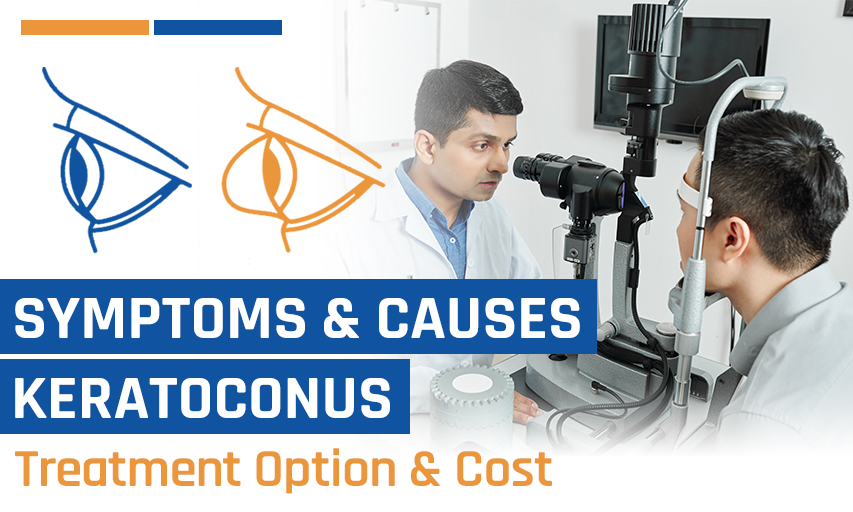



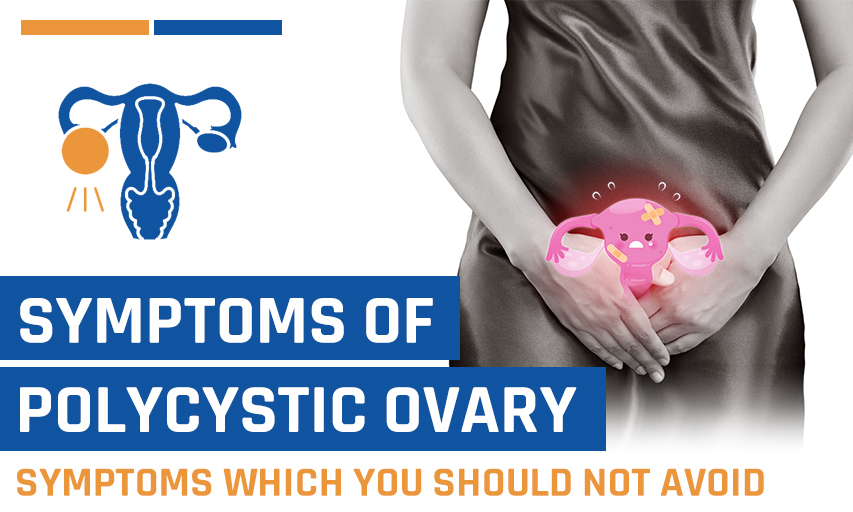

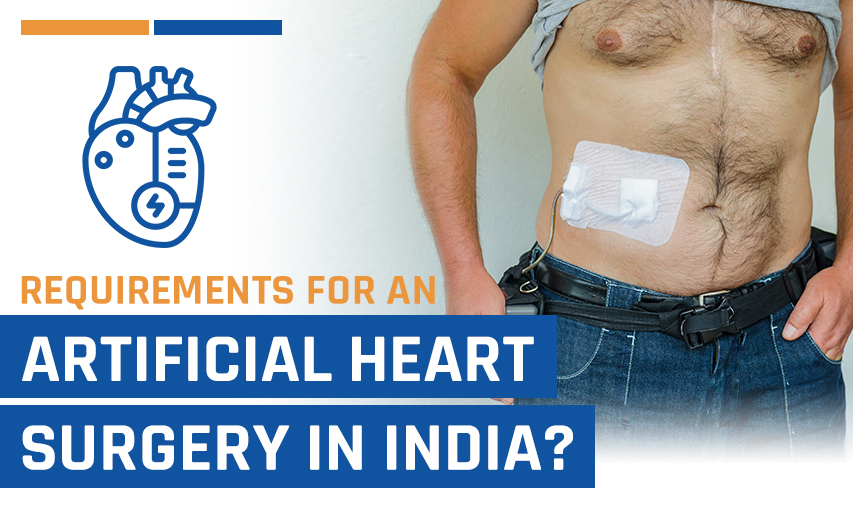
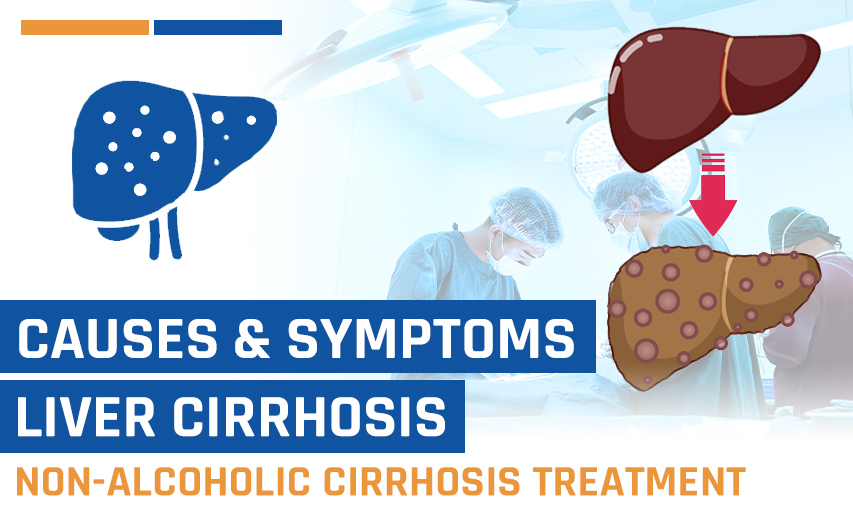
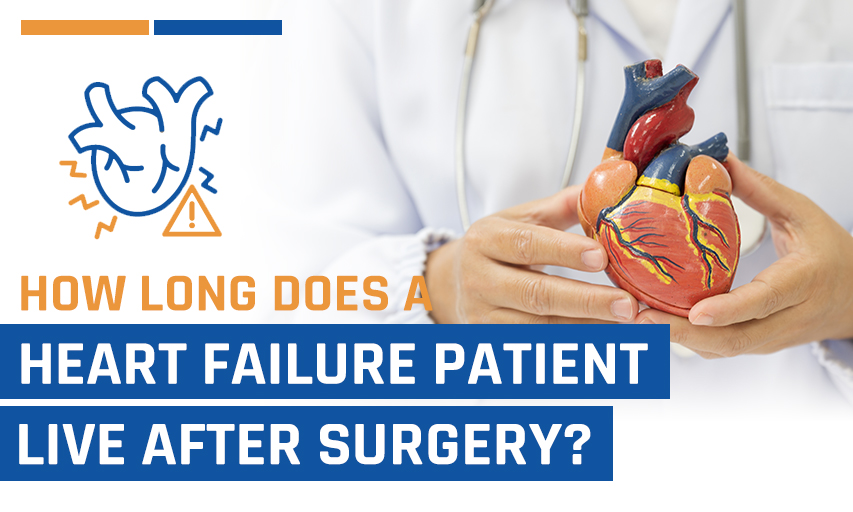


Be First To Comment
Leave a Comment